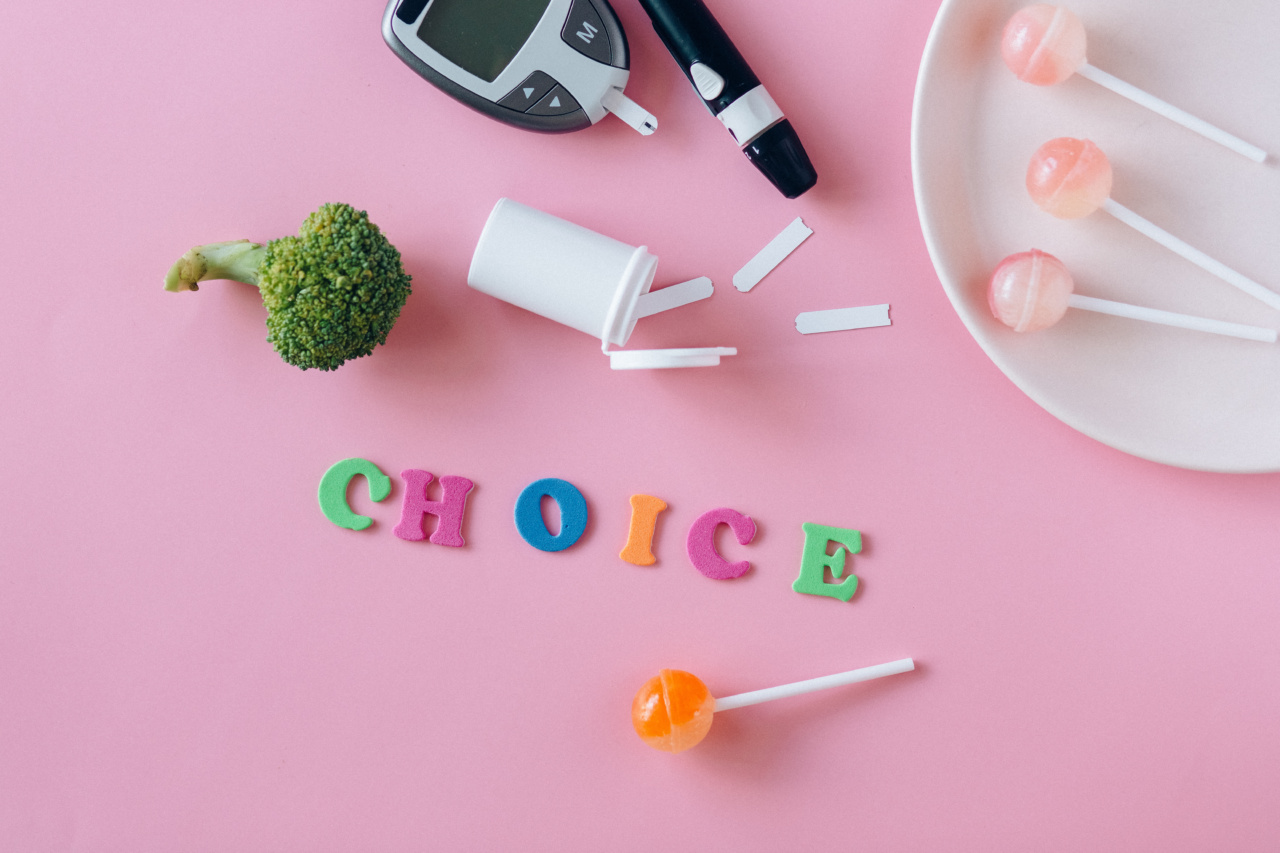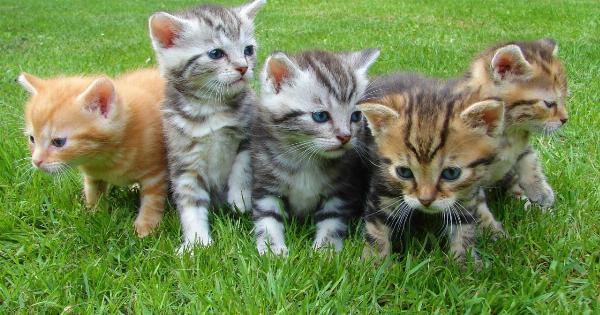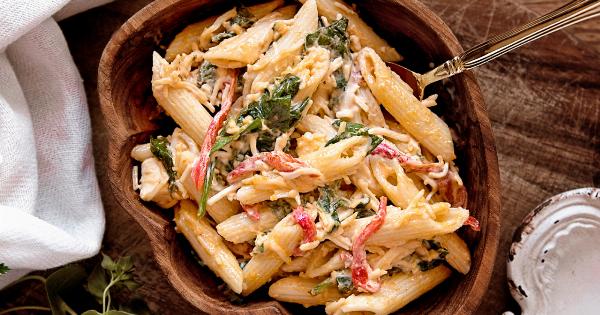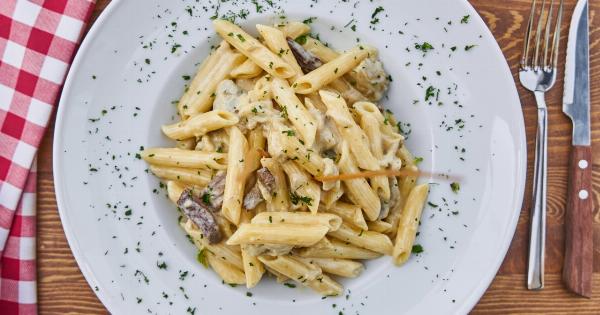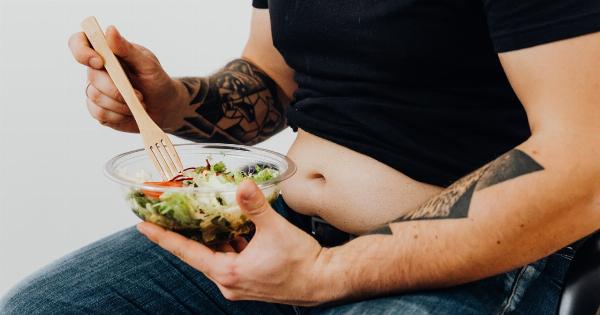Cats with diabetes require special attention to their diet to help manage their condition. Proper nutrition plays a crucial role in regulating their blood sugar levels and overall health.
This article will provide essential guidelines on creating a balanced diet for cats with diabetes.
Understanding Feline Diabetes
Feline diabetes, also known as diabetes mellitus, occurs when a cat’s body is unable to regulate its blood glucose levels effectively.
This happens primarily due to a lack of insulin production or the body’s inability to utilize insulin properly. Insulin is a hormone that helps glucose enter the cells and be converted into energy.
Diabetes in cats can result in various health complications if left unmanaged. Some of these complications include weight loss, increased thirst and urination, poor coat quality, lethargy, and even ketoacidosis, a life-threatening condition.
Proper nutrition is crucial in managing feline diabetes and improving the cat’s quality of life.
Consult Your Veterinarian
If your cat has been diagnosed with diabetes, it is essential to consult your veterinarian before making any changes to their diet.
Your vet will provide specific recommendations based on your cat’s individual needs, weight, and overall health condition. They may also advise on portions, feeding frequency, and gradual diet transitions.
Feeding a Low-Carbohydrate Diet
One significant aspect of managing feline diabetes is feeding a low-carbohydrate diet. Cats are obligate carnivores, which means their bodies are biologically designed to thrive on a diet high in animal protein and low in carbohydrates.
High-carbohydrate diets can cause a rapid increase in blood sugar levels, which is not ideal for diabetic cats. By feeding a low-carbohydrate diet, you can help prevent rapid spikes in blood sugar and promote better regulation.
Note: The dietary recommendations provided here are general guidelines. Your veterinarian will provide specific directions based on your cat’s needs and medical condition.
Choosing the Right Cat Food
When selecting cat food for your diabetic cat, look for products specially formulated for diabetic cats or those labeled as “low-carbohydrate” or “grain-free.” These diets typically contain higher levels of animal protein and fewer carbohydrates.
Read the product labels carefully to determine the carbohydrate content. It’s important to choose a cat food with a carbohydrate content of less than 10% on a dry matter basis.
Dry matter basis means the calculation of nutrients without accounting for the moisture content.
Protein is Key
Opt for cat foods that contain high-quality animal protein sources as the primary ingredients. Animal protein helps regulate blood sugar levels and provides the necessary nutrients for your cat’s overall well-being.
Look for ingredients such as chicken, turkey, beef, or fish. Avoid cat foods that list grains or meat by-products as the main ingredients, as these are often less nutritious and may contain high carbohydrate levels.
Portion Control and Feeding Frequency
Establishing a consistent feeding schedule is crucial for diabetic cats. Instead of free-feeding, where food is available at all times, divide your cat’s daily food allowance into smaller, controlled portions.
Your veterinarian will guide you on the appropriate portion sizes for your cat based on their weight, activity level, and insulin dosage.
Typically, diabetic cats benefit from two to three small meals per day, ensuring their sugar levels remain stable throughout the day.
The Importance of Hydration
Water intake is essential for all cats, especially those with diabetes. Encourage your cat to drink an adequate amount of clean, fresh water throughout the day.
Some ways to increase water intake include using water fountains, providing multiple water bowls in different areas of the house, and ensuring the water is easily accessible. Moist cat food can also contribute to their daily water intake.
Slow and Controlled Diet Transitions
When transitioning your diabetic cat to a new diet, it’s important to do so gradually. Sudden changes can disrupt their digestive system and lead to further complications.
Mix small amounts of the new cat food with their current food, gradually increasing the proportion of the new food over several days or weeks. This allows their system to adjust slowly and minimizes the chances of gastrointestinal issues.
Treating Your Cat with Healthy Snacks
Treating your cat occasionally is still possible, even with diabetes. However, it is crucial to choose low-carbohydrate, diabetic-friendly snacks or treats.
Look for treats specifically made for diabetic cats or those with minimal carbohydrate content. You can also consider offering small portions of cooked, unseasoned meats, such as plain chicken or turkey, as a treat.
Regular Monitoring and Veterinary Check-ups
Regular monitoring of your cat’s blood glucose levels is essential to ensure their diabetes is well-managed. Your veterinarian will guide you on the appropriate testing methods and frequency.
Additionally, it’s important to schedule regular veterinary check-ups for your cat. These check-ups allow your vet to assess the overall health of your cat, monitor their weight, and make any necessary adjustments to their diet or treatment plan.
Conclusion
Proper nutrition is vital in managing diabetes in cats.
Feeding a low-carbohydrate diet, choosing the right cat food, practicing portion control, and providing diabetic-friendly treats are essential steps in regulating blood sugar levels and improving your cat’s quality of life. Consult with your veterinarian to create a tailored diet plan that suits your cat’s specific needs and always prioritize their health and well-being.
